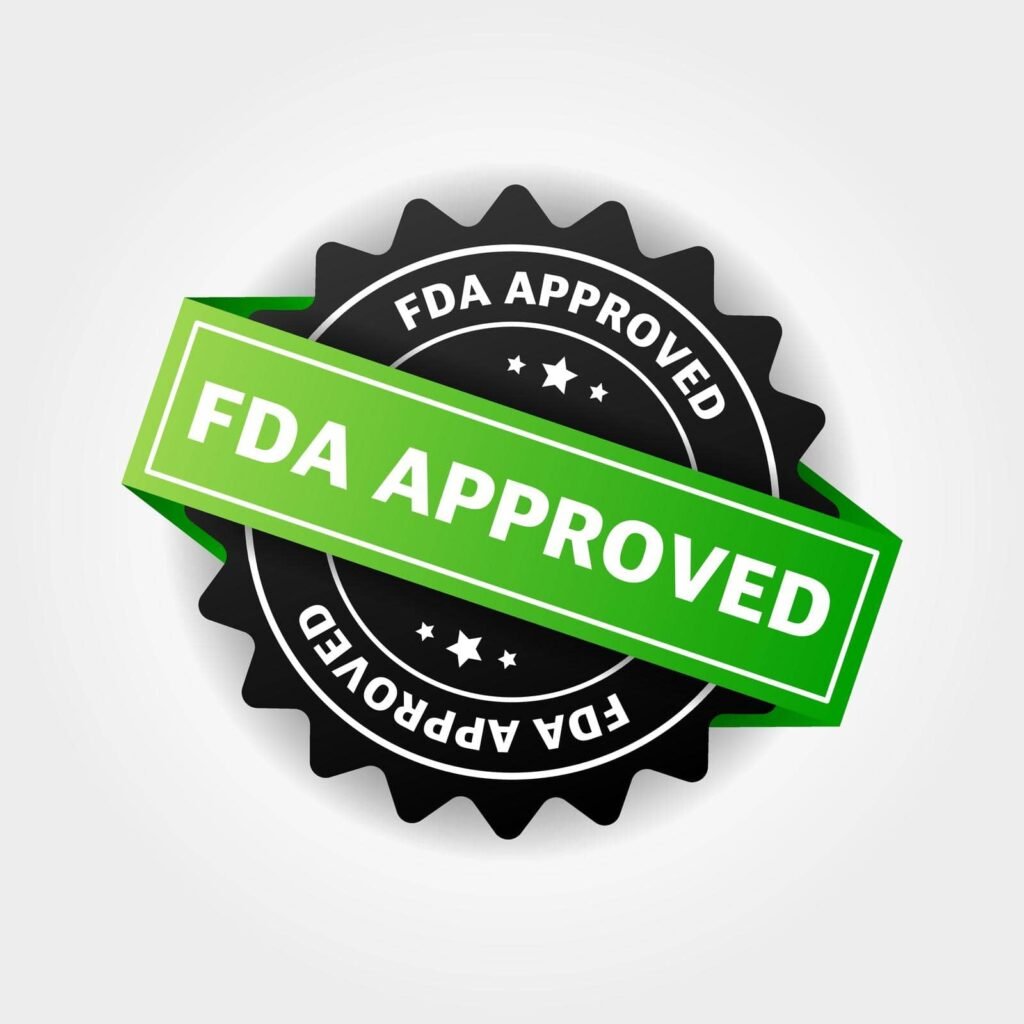Food and Drug Administration (FDA)
The US Food and Drug Administration (FDA) regulates AI-based Software as a Medical Device (SaMD) under the Federal Food, Drug, and Cosmetic Act (FD&C Act). The FDA’s classification and approval process for AI in radiology is based on the risk of the device to patients.
The FDA has four regulatory pathways for medical devices:
510(k) premarket notification:
- This is the most common pathway for medical devices. Manufacturers can use this pathway if their device is similar to an existing device that has been marketed without premarket approval from the FDA.
Premarket approval (PMA):
- This pathway is required for high-risk devices and for new devices that pose a moderate risk to patients. Manufacturers must submit a PMA application to the FDA that includes data from clinical trials demonstrating the safety and effectiveness of the device.
De novo classification:
- This pathway is for new devices that are not similar to any existing device. Manufacturers must submit a de novo classification request to the FDA that includes data on the safety and effectiveness of the device, as well as information on the intended use of the device and how it is different from existing devices.
Humanitarian device exemption (HDE):
- This pathway is for devices that are intended to treat or diagnose conditions or diseases that affect small or rare populations. Manufacturers must submit an HDE application to the FDA that includes data on the safety and effectiveness of the device, as well as information on the intended use of the device and how it is different from existing devices.
The regulatory pathway for SaMDs depends on the classification of the device, which is based on the risk of the device to patients.
Class I SaMDs : They are low-risk devices that are similar to existing devices that have been marketed without premarket review. Manufacturers of Class I SaMDs can generally market their devices without premarket approval from the FDA. However, they must register their devices with the FDA and submit a 510(k) premarket notification if the device is similar to an existing device that was marketed with premarket review.
Class II SaMDs: They are moderate-risk devices that are similar to existing devices that have been marketed with premarket review, or that are new devices that pose a moderate risk to patients. Manufacturers of Class II SaMDs must generally submit a 510(k) premarket notification to the FDA before marketing their devices. However, if the device is new or if it poses a moderate risk to patients, the FDA may require the manufacturer to submit a PMA application.
Class III SaMDs: They are high-risk devices that are new devices that pose a high risk to patients, or that are similar to existing devices that have been marketed with premarket approval (PMA) and for which there is no general consensus among qualified experts on the safety and effectiveness of the device. Manufacturers of Class III SaMDs must submit a PMA application to the FDA before marketing their devices. A PMA application must include data from clinical trials demonstrating the safety and effectiveness of the device.
The majority of AI-based software devices for use in radiology are Class II SaMDs. This means that manufacturers of these devices must submit a 510(k) premarket notification to the FDA before marketing their devices. However, the FDA may require some AI-based software devices for use in radiology to be subject to a PMA review, especially if the device is new or if it poses a moderate risk to patients.
The FDA is working to develop new regulatory frameworks for AI in radiology and other areas of medicine. The goal is to ensure that AI-based medical devices are safe and effective, while also promoting innovation in this rapidly developing field.


